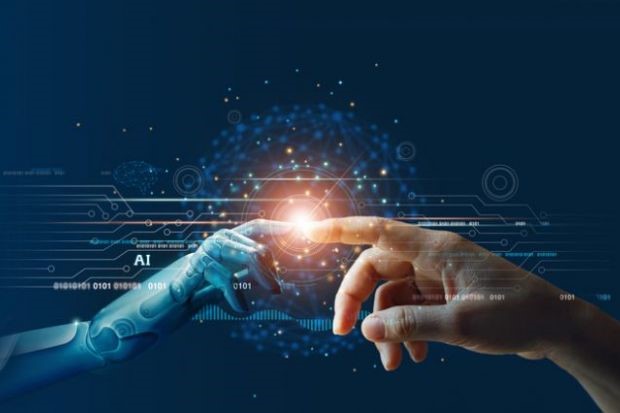EXPLORING THE INTERSECTION OF SOCIAL INTELLIGENCE AND ARTIFICIAL INTELLIGENCE
The world is rapidly changing, with technology advancing at an unprecedented rate. It is more important than ever to understand how it affects our social interactions. As a result, we are beginning to see more and more overlap between social intelligence (SI) and artificial intelligence (AI). In this blog post, we will explore how these two fields intersect in order to better understand their implications for our future.
What Is Social Intelligence?
Social intelligence refers to the ability to interact effectively with others by understanding their motivations, feelings, needs, beliefs, values and behavior patterns. It involves being able to read people’s emotions accurately as well as having empathy toward them. This type of intelligence can be developed through practice over time or it may come naturally depending on one’s personality traits.
social knowledge assists humans to graduate from casual acquaintanceships towards building true relationships through shared trust & common interests which have been respectfully nurtured following observations. In other words, using basic wisdom built upon years of experience of witnessing different behaviors, it sharpens the social intelligence of the said individual.
What Is Artificial Intelligence?
Artificial intelligence is defined as “the capability of machines or computer systems to perform tasks that normally require human-level cognitive abilities such as problem-solving and decision-making”. AI has been used in many different industries from healthcare to finance but its potential applications are limitless due to its ever-evolving nature.
How Do They Work Together?
An amalgamation of AI and SI is usually called Artificial Social Intelligence. Both fields have become increasingly popular in the past few decades, and this has led to many technical and philosophical discussions. Essentially, AI and social intelligence are interrelated in many ways, and each field has its own concepts, strengths, and limitations.
As AI continues to become increasingly sophisticated, so too does its capacity for social interaction; AI can demonstrate its potential to build social intelligence by using machine learning to create models that can categorize social interactions. Researchers in computational social science and machine learning, like have been able to create technology that help humans interact in better ways.
Examples include applications for mediation, digital assistants that help us manage our everyday lives, and apps that help us give and receive feedback more empathetically.
Recent studies have employed facial recognition and computer vision to determine social orientation. Although used more broadly, the ability of an algorithm to predict personal attributes from facial features has significant implications for interactions between humans and artificial intelligence (AI). This is because it enables machines to perceive emotional states, personality traits, or other traits and use this information to modify their behavior by their understanding of what we are thinking, feeling, and doing. AI is also necessary to analyze the social data that is embedded in these social cues and behavior, both verbal and non-verbal, and interpret the signals they receive in order to gain the social information contained therein to comprehend social and moral conventions.
However, there remains some debate about whether AI should be allowed access into certain areas where SI plays a major role such as education or mental health care services. On one hand, using AI could potentially provide faster results than traditional methods while also reducing costs associated with labor-intensive processes; on the other hand, relying solely on algorithms without considering any emotional context could lead down to a dangerous path if not properly monitored. Many experts believe that humans are inherently better at social thinking than computers.
Therefore, both SI and AI must work together harmoniously for humans to reap all the benefits they offer.
Both social intelligence and artificial intelligence play essential roles when it comes to developing new technologies which can improve our lives significantly. By combining forces, humans can leverage machine learning capabilities while simultaneously taking advantage of our unique skillset – ultimately creating powerful solutions capable of tackling even the most complex problems facing society today.









